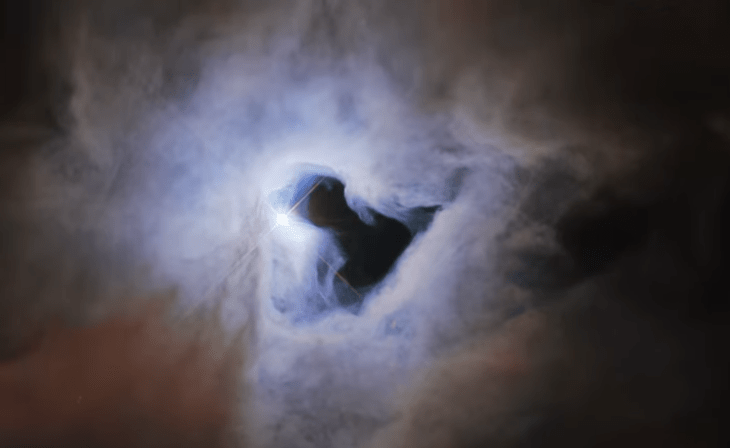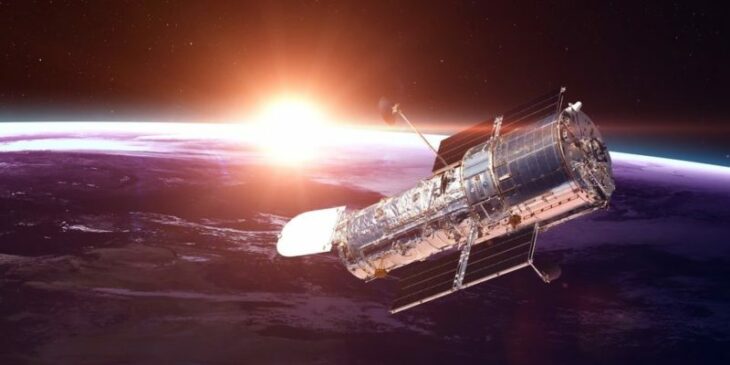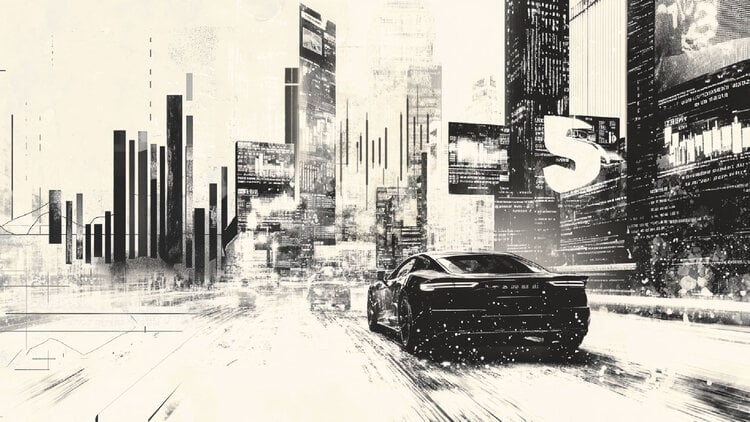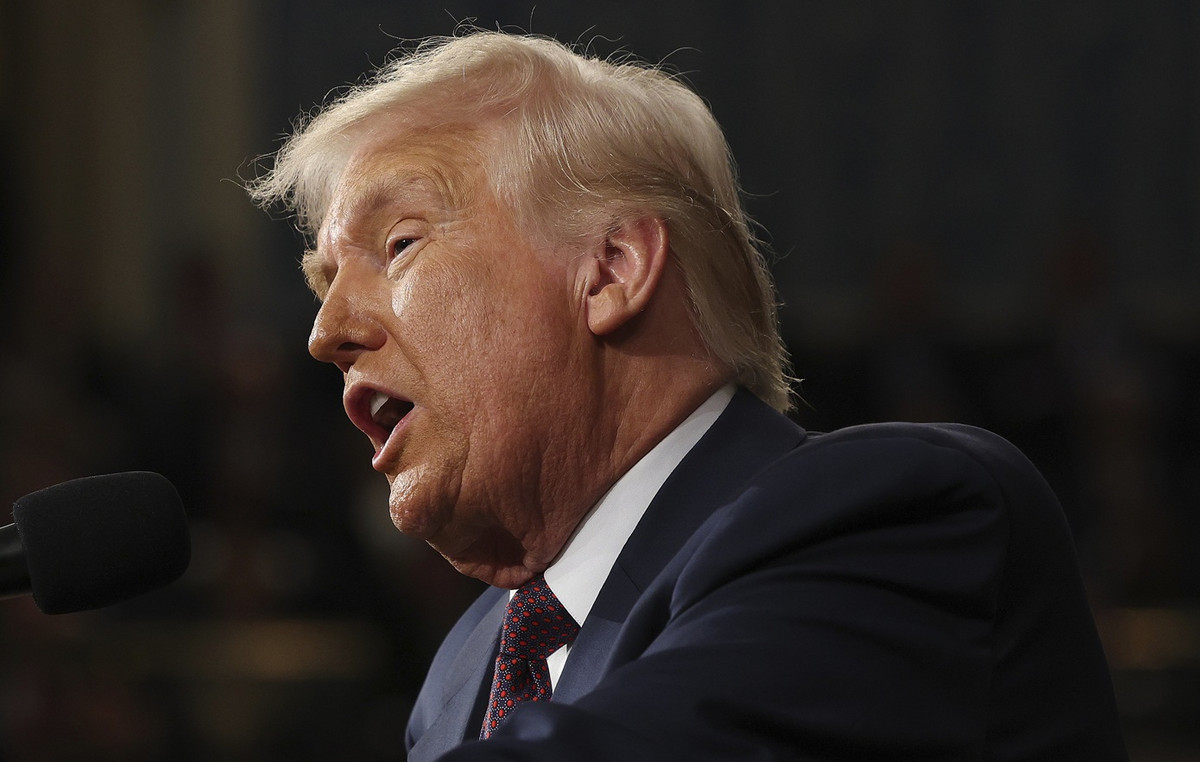Our majestic universe always finds a way to surprise us, because despite everything that man has come to discover, in that immensity there will always be a new surprise waiting for us; the cosmos is so unknown to us that sometimes it causes us some fear.
Seeing these images taken by the Hubble telescope, we cannot help but wonder if there is someone in the universe who has the gigantic key to open this magical space, since, literally, a cosmic keyhole of gigantic dimensions was formed.

This striking portrait from the National Aeronautics and Space Administration’s (NASA) and European Space Agency’s (ESA) Hubble Space Telescope shows a reflection nebula in the constellation Orion, called NGC 1999, which is located about 1,350 light years from our planet, precisely close to the Orion Nebula, the closest site of massive star formation to Earth.
According to experts from NASA and ESA, these amazing nebulae can only shine if there is a light source embedded in them. In this case, the small newborn star called V380 Orionis, which can be seen in the center of the image, is the one that works as an efficient lamp to illuminate the nebula.
However, the most notable aspect of NGC 1999’s appearance is the conspicuous hole in its center, which resembles an inky-black keyhole of cosmic proportions.

This image was created from archival Wide Field Planetary Camera 2 observations made around the year 1999. At the time, astronomers thought the dark spot in the NGC 1999 nebula was something they call a Bok globule , which is a cold, dense cloud of gas, molecules, and cosmic dust that obscures background light.
But now that they have followed it up, looking at it through a collection of telescopes, including ESA’s Herschel Space Observatory, they have revealed that this dark spot is actually an empty region of space. However, the origin of this keyhole-shaped crack within the NGC 1999 nebula remains a mystery.
1/ You would need a big key to unlock this peculiar picture of the week from Hubble. This image shows NGC 1999, a reflection nebula in the constellation Orion. NGC 1999 is composed of detritus left over from the formation of a newborn star.
Readmore: https://t.co/KhVPRkDw7H pic.twitter.com/Zk362jqImb
— HUBBLE (@HUBBLE_space) October 24, 2022
You’d need a big key to unlock this quirky Hubble Picture of the Week. This image shows NGC 1999, a reflection nebula in the constellation Orion. NGC 1999 is made up of debris left over from the formation of a newborn star.
Source: Okchicas
I’m Ava Paul, an experienced news website author with a special focus on the entertainment section. Over the past five years, I have worked in various positions of media and communication at World Stock Market. My experience has given me extensive knowledge in writing, editing, researching and reporting on stories related to the entertainment industry.







